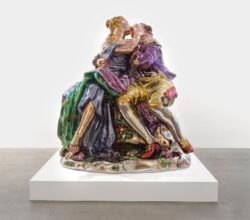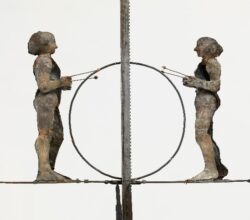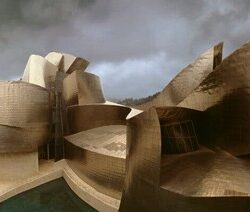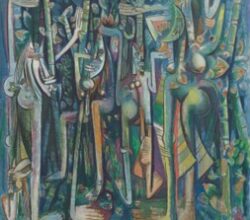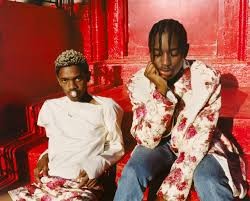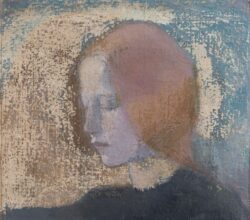
An Exhibition at the Met May Just Make Finnish Modernist Helene Schjerfbeck Your New Favorite Artist
Laird Borrelli-Persson | Vogue | 8th December 2025
From studying in Paris Schjerfbeck developed a realist style broadly consistent with emerging modernism. After returning home to Helsinki, this style started to change. Her interiors took on an “architectonic plainness”. A curator says her portraits focused on “light, space, volume—not the soul of the sitter”. Her self-portraits were without sentiment, “depicting her mortality with an almost Goya-like intensity”. Says one writer. The rarely exhibited Schjerfbeck “shaped modern portraiture from a distance”.

